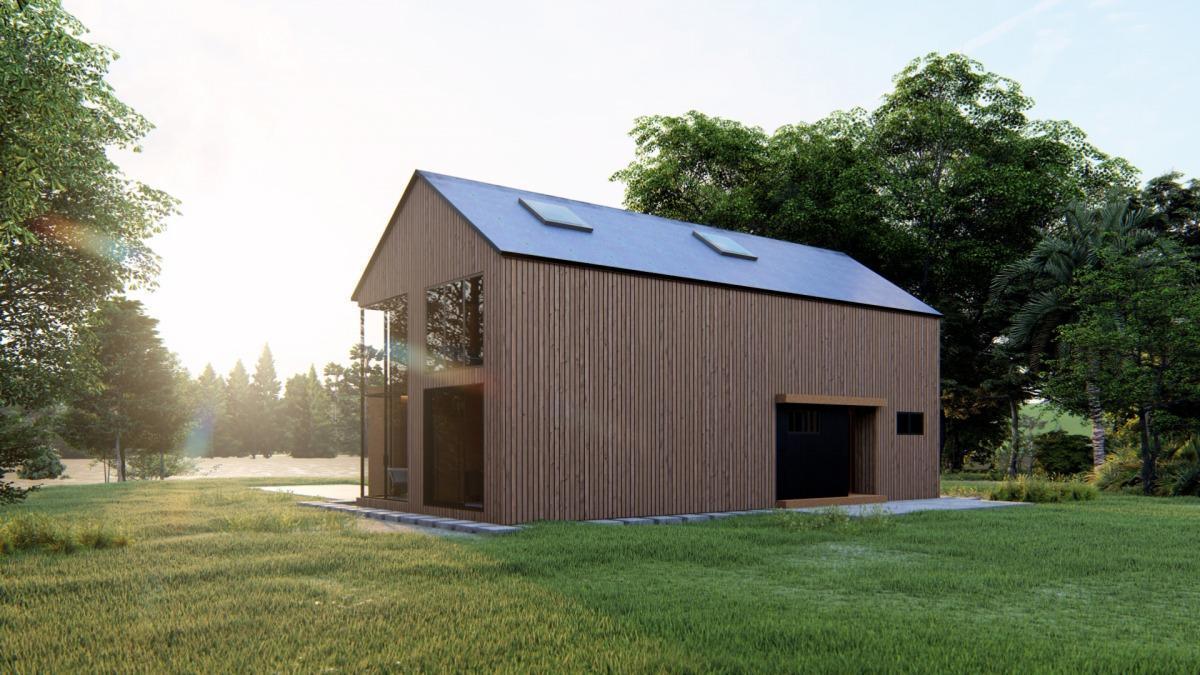
Top 5 Advantages of Smart-Home Living
Smart-home living offers a variety of advantages that make it an attractive option for many homeowners. The top five advantages of smart-home living are convenience, security, energy efficiency, cost savings, and automation.
Convenience is one of the primary benefits of smart-home living. Smart-home technology allows homeowners to control their home’s lighting, temperature, and security systems from anywhere with an internet connection. This means that homeowners can adjust their home’s settings without having to physically be present.
Security is another advantage of smart-home living. Smart-home technology can be used to monitor the home for intruders and alert the homeowner if there is any suspicious activity. Smart-home technology can also be used to control access to the home, allowing homeowners to grant access to visitors without having to be present.
Energy efficiency is another benefit of smart-home living. Smart-home technology can be used to monitor and adjust the home’s energy usage, allowing homeowners to reduce their energy consumption and save money on their utility bills.
Cost savings is another advantage of smart-home living. Smart-home technology can be used to automate certain tasks, such as turning off lights and adjusting the thermostat, which can help homeowners save money on their energy bills.
Finally, automation is another benefit of smart-home living. Smart-home technology can be used to automate certain tasks, such as turning on lights and adjusting the thermostat, which can help homeowners save time and effort.
Conclusion…
In conclusion, smart-home living has both advantages and disadvantages. While it can provide convenience and comfort, it can also be expensive and vulnerable to cyber-attacks. Ultimately, it is up to the individual to decide if the advantages outweigh the disadvantages and if smart-home living is right for them.
Smart-home living is becoming increasingly popular as technology advances and more people are looking for ways to make their lives easier. Smart-homes are homes that are equipped with automated systems that allow you to control various aspects of your home from your smartphone or other device. While there are many advantages to having a smart-home, there are also some potential drawbacks.
Top 5 Disadvantages of Smart-Home Living
1. Privacy Concerns: Smart-home living can raise serious privacy concerns, as the technology used to control and monitor the home can collect and store personal data. This data can be vulnerable to hacking, and can be used to track the activities of the home’s occupants.
2. Complexity: Smart-home technology can be complex to install and maintain, and may require the assistance of a professional. This can be costly and time-consuming, and may require ongoing maintenance and updates.
3. Vulnerability to Hacking: Smart-home technology is vulnerable to hacking, which can allow malicious actors to gain access to the home’s systems and data. This can lead to serious security risks, including the potential for theft or other criminal activity.
4. High Initial Costs: Smart-home technology can be expensive to install and maintain, and may require a significant initial investment. This can be a barrier for many people, and may limit the adoption of smart-home technology.
5. Dependence on Technology: Smart-home living can lead to a dependence on technology, as the home’s systems and functions may be difficult or impossible to operate without the use of technology. This can lead to a lack of autonomy and control over the home’s systems.


